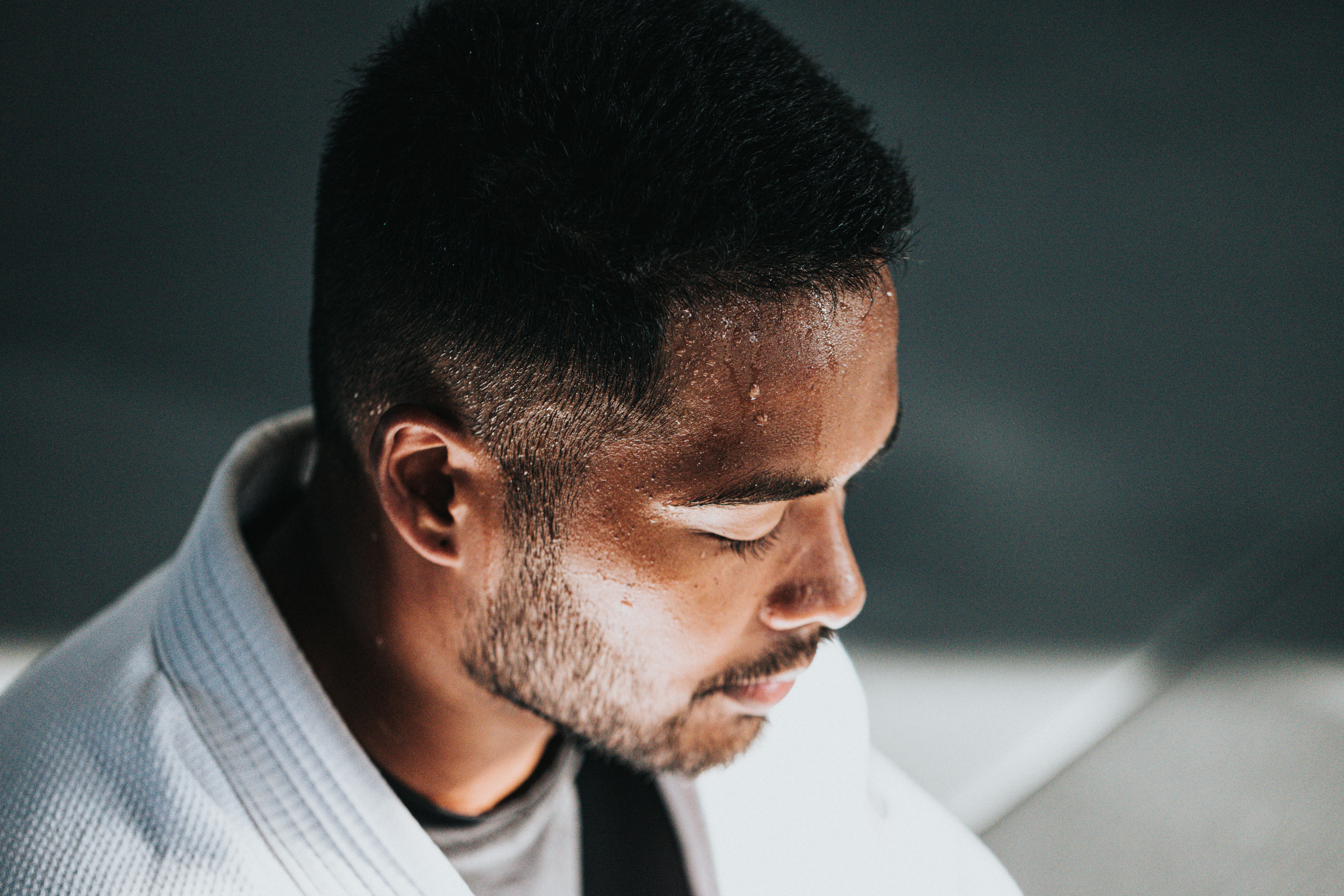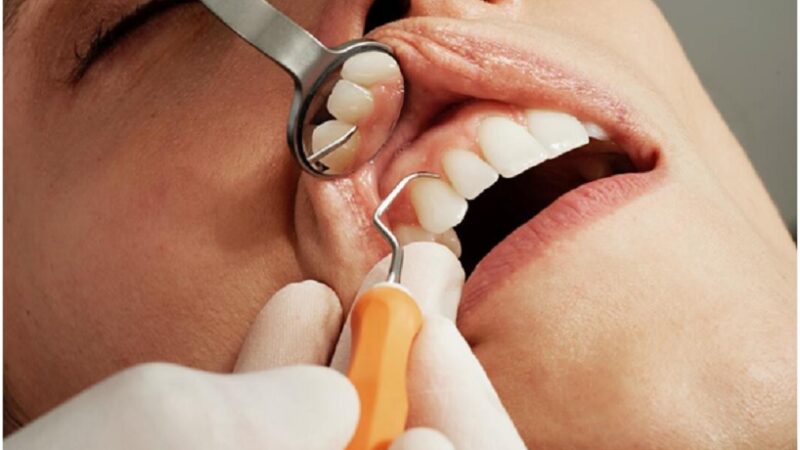People may fear the dentist because they fear pain, and the inability to control the pain they expect to be in pain-free dentistry, and while anaesthetics have been used in dentistry for decades, it has been a necessary and unavoidable evil to use a needle and syringe to get the product into a patient’s system to numb the area that needs to be worked on. But at a dentist in Stevenage, a new technology that puts the needle and syringe in the past, where it belongs, has come forward to put a patient’s mind at ease when stepping into their local dental practice to get some much-needed work done.
The history of local anaesthesia
The most important thing a dentist needs to learn is how to administer safe and effective local anaesthesia to a patient before work can begin. Dentists do not want to cause their patients pain, rather, they want to remove it altogether. It all started with ice when medical professionals realised that applying compression directly to a nerve would render an area numb, along with direct use of ice to peripheries before surgery began. However, how they got from ice to anaesthesia is about a 200-year journey, which involves no small amount of cocaine.

The use of vaporous substances as anaesthetic grew in popularity in the 1800s; at first nitrous oxide was used in 1844 then, 2 years later ether became preferred for a short time, before the use of chloroform was taken on board only a year later. It wasn’t until about 1880 that cocaine was used as a numbing agent which could be directly injected into the affected area with great success, however without the laws that are now in place which require rigorous testing to be done on the use of drugs in medicine, many patients experienced elevated heart rates as a direct result of cocaine use in dentistry. From about the 1910s cocaine had developed into a street drug and the increased problems with addiction lead to criticism of its use by the press and from about the 1930s cocaine was less favoured as a numbing agent and began to be replaced by amphetamine, however, its use is still a remarkable event in the development in modern anaesthetic drugs and administration.
The way forward It’s been about 150 years since doctors and dentists started injecting substances into patients to provide pain relief during surgery and most people still feel the sting of that needle today, however, it’s now time to move forward and embrace some advantageous advancements. Medicine cannot be so stuck in its ways that developments get halted, because people are afraid to ‘reinvent the wheel’ and this is where The Wand comes in. While this device still delivers Novocaine to the treatment area, it does so completely painlessly. In fact, a harmless looking device that looks much like a pen is used to administer the drug so patients never even see a needle and syringe and the fear of pain and the association it has with dentistry is banished.
Tag: pain-free dentistry









